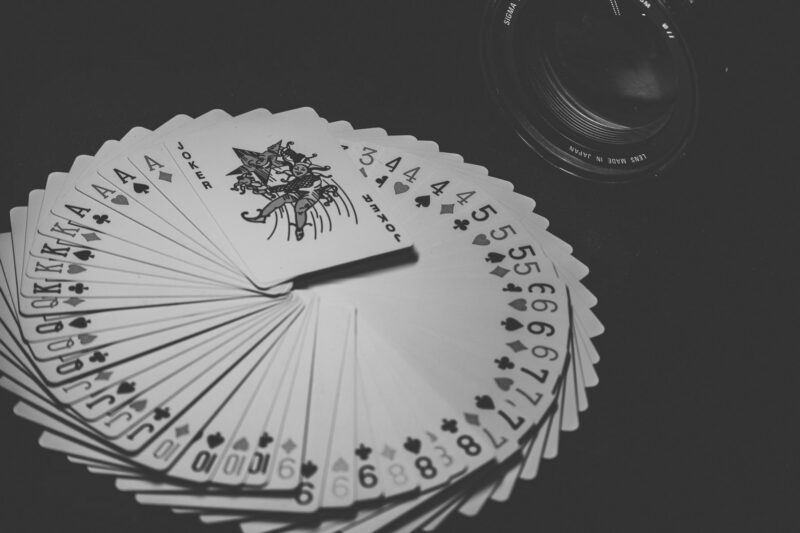
Card
Sorting
Time
⏲
1-5 Days
Difficulty
🕹
Easy
Materials
📦
Cards or App
People
🕴
1 Reseracher
5-20 Users
Overview
Card sorting is a technique that helps uncover how people organize information
What
Directly quoted from Observing the User Experience.
Card sorting is a technique that helps uncover how people organize information. Participants sort cards with words or phrases on them into groups. How cards get organized, and what labels participants give to each group, can tell you a lot about how participants relate and categorize concepts. That, in turn, can help you create visual and structural relationships that make sense to users. You can then use those relationships to understand the sequence of tasks in an activity, structure databases, organize navigational elements, or name features and interface elements.
Why
Diary studies are a “poor man’s field study,” allowing researchers to “be there” without actually having to be there. It also can minimize the bias of “over-the-shoulder” observation. Diary studies allow researchers to capture natural behavior one wouldn’t necessarily provide in a moderated study or behavior that may only present itself in certain contexts (i.e. asking a user about their finances in an interview compared to on pay day may lend an entirely different response).
When
Card sorting is most effective when you know what kind of information needs to be organized, but before you have figured out how to do it. There are two types of card sorting—open and closed. In open card sorting, participants sort cards in any way they want. In closed card sorting, participants assign the cards to predefined groups.
Steps
Step 1 Prepare and Refine
Assemble a collection of words and phrases that represent the information you are interested in organizing. If you’re trying to uncover how people organize concepts, you can explain the concepts on the cards with a sentence or two. However, if you’re trying to learn whether people understand a set of terms without knowing your definitions, you can just write down the words or phrases on the cards.
Step 2 Ready the Card Sort
Make sure:
- Your terms make sense to participants.* If your product has multiple groups of users who have very different vocabularies, you might have to create multiple sets of cards.
- Your collection contains some reasonable groups.* Verify that the items can form some clear groups.
- Your terms are at the same granularity (level of detail). It’s recommended to select terms one layer down in an information hierarchy (e.g., forks, spoons) from the level you’re interested in (e.g., silverware). The groups in the card sort should suggest how to organize and label the more higher-level type of content.
- Your terms represent the most important content or functionality. Make sure you include the most relevant concepts.
- Your prompts aren’t biasing. Don’t repeat similar words across cards. It’s likely to lead people to group those cards together. And, avoid specific brand or product names as labels. Instead, substitute a more generic description of the product or service.
- You can have as few or as many terms as you want. However, the size of a standard card deck (52) strikes a good balance between not providing enough cards to make adequate categories and providing so many that it’s overwhelming.
Step 3 Work with participants
Introduce participants to the concept of card sorting. After they’re done grouping the cards, ask them to label groups if they can. Don’t tell participants that they’ll be labeling ahead of time since that tends to bias people to organize based on labels rather than on what they feel are natural groupings. Then, ask a brief set of follow-up questions.
Can you tell me why you made each of these groups?
Which card is the best example of each group?
Which groups were easiest to assemble? Which were hardest? Why?
Step 4 Qualitative assessment
- Look at the clusters as a whole. Can you discern any logic behind their organization? Look for underlying themes typing them together. Pay attention to cards that people didn’t categorize or that were categorized differently by everyone. What about the card is giving people trouble? Name? Underlying concept? Relationship to other elements?
- Follow one card at a time through its various groupings. Do any cards consistently appear together?
- Look at the labels. Do any words or phrases appear consistently to describe the same cards? Are there common groups with very different labels? Look at the labeling and the labels’ relationships to the clusters underneath to find a structure that matches your users’ experiences.
Step 5 Quantitative and Statistical assessments
It’s helpful to automatically calculate the percentage of times a card appears in one of the standardized categories, or which categories have the most agreed upon sets of cards. If multiple groups have similar names, you may need to create a standard set of labeled categories. Under no circumstances should you create a “Miscellaneous” or “Random” group. Either decide those types of information are irrelevant to the project or assign them to categories.
Cluster analysis measures the “distance” between items in a multivariate environment and attempts to find groupings that are close together in the variable space.
Tools
None